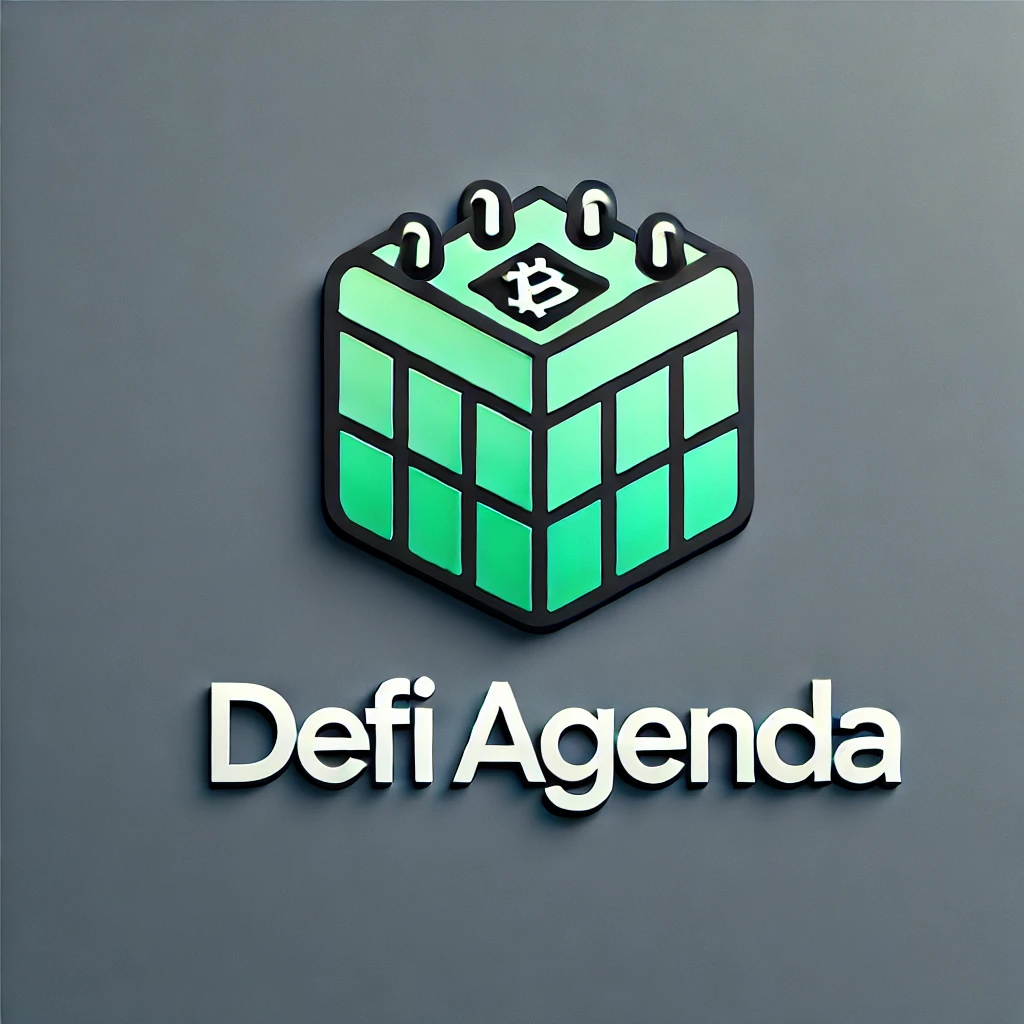Have you ever wondered how you can keep your cryptocurrency transactions secure while making the most of decentralized finance?

This image is property of pixabay.com.
Understanding DeFi Wallets
Decentralized Finance (DeFi) wallets serve as a gateway to the world of cryptocurrencies while ensuring that your funds are secure. Unlike traditional wallets, which are held by centralized entities, DeFi wallets empower you with complete control over your assets. You are the custodian, which means that you carry the responsibility of keeping your private keys safe.
What is a DeFi Wallet?
A DeFi wallet is a digital wallet specifically designed to interact with decentralized finance applications. These wallets allow you to store various cryptocurrencies, trade assets, and access a plethora of DeFi services without any intermediary. This means you can engage with various blockchain-based protocols directly.
- Custodianship: You manage your private keys, giving you full control.
- Compatibility: Works seamlessly with DeFi applications and platforms.
- Multi-cryptocurrency Support: Most DeFi wallets support various digital assets.
Types of DeFi Wallets
Your journey into DeFi can start with choosing the right type of wallet. There are generally two main categories: hot wallets and cold wallets.
Hot Wallets
Hot wallets are connected to the internet, making them easily accessible for trading and transactions. While they are user-friendly and quick, they can also be vulnerable to hacks.
- Examples: MetaMask, Trust Wallet, and Coinbase Wallet.
- Pros: Easy to use and manage, suitable for small daily transactions.
- Cons: Higher risk due to being constantly online.
Cold Wallets
Cold wallets, on the other hand, are offline and designed for storing crypto assets long-term. Cold storage is deemed one of the safest options since it is less susceptible to online threats.
- Examples: Ledger, Trezor, and Paper Wallets.
- Pros: Enhanced security; ideal for long-term holding.
- Cons: Less convenient for frequent transactions.
Setting Up a DeFi Wallet
Understanding how to set up a DeFi wallet is crucial in ensuring your crypto transactions are secure. Follow these steps while paying attention to security.
Step 1: Choose Your Wallet
Select a wallet that fits your needs. If you prefer frequent trading, a hot wallet might suit you better. If you’re focusing on long-term investments, consider a cold wallet.
Step 2: Download the Wallet
Once you’ve decided, download the wallet from an official source. Avoid third-party links to minimize risks.
Step 3: Create Your Wallet
Follow the prompts to create your wallet. This usually involves:
- Picking a strong password.
- Generating a recovery phrase (often 12-24 words).
Important: Write down your recovery phrase and keep it somewhere secure. This phrase is crucial for recovering access to your wallet.
Step 4: Fund Your Wallet
After setting up your wallet, you’ll need to fund it with cryptocurrency. You can usually do this by:
- Sending crypto from another wallet.
- Purchasing directly through the wallet if it allows.
Enhancing Security for Your DeFi Wallet
Security should be your top priority when using a DeFi wallet. Here are some key practices to ensure your crypto remains safe.
Use Strong, Unique Passwords
When creating your wallet, make sure to use a strong and unique password. Avoid common phrases, and include numbers and special characters to strengthen it.
- Tip: Consider using a password manager to generate and store your passwords securely.
Enable Two-Factor Authentication (2FA)
Whenever possible, enable 2FA. This adds an extra layer of security, making it harder for someone to access your wallet without your consent.
- Examples: Google Authenticator, Authy, and other 2FA apps.
Keep Software Updated
Ensure that your wallet software is always updated to the latest version. Software updates often include security enhancements that protect against vulnerabilities.
Be Cautious of Phishing Attacks
Phishing scams are all too common in the crypto space. Always double-check the URLs of the sites you visit and avoid clicking on suspicious links in emails or messages.

This image is property of pixabay.com.
Using Your DeFi Wallet for Transactions
Once you understand how to secure your wallet, you can start utilizing it for secure transactions. Here’s how you can easily navigate the transaction process.
Sending and Receiving Crypto
Transferring crypto is a straightforward process. Here’s a step-by-step guide.
Sending Crypto:
- Open your DeFi wallet app.
- Tap on the “Send” button.
- Enter the recipient’s address and the amount you want to send.
- Confirm the transaction.
Receiving Crypto:
- Open your wallet app and tap on “Receive.”
- Copy your wallet address or display the QR code.
- Share it with the person sending you crypto.
Swapping and Trading Assets
Many DeFi wallets offer built-in features that allow you to swap or trade cryptocurrencies. This feature adds convenience but should always be used with caution.
- Navigate to the trade or swap section within your wallet.
- Select the currencies you want to swap.
- Confirm the transaction details and execute the swap.
Engaging with DeFi Protocols
Your DeFi wallet is not just for holding cryptocurrencies; it’s a gateway to engaging with various DeFi protocols. Let’s break down some popular use cases.
Lending and Borrowing
You can lend your cryptocurrencies and earn interest or borrow against your holdings without intermediaries.
- Steps to Lend:
- Choose a DeFi lending platform (like Aave or Compound).
- Connect your wallet.
- Select the asset for lending and the amount.
- Steps to Borrow:
- Connect your wallet to a lending platform.
- Choose the asset you want to borrow.
- Provide collateral to secure your loan.
Yield Farming
Yield farming allows you to earn rewards for providing liquidity to the market. It can be a profitable venture if you understand the risks.
- Pick a yield farming platform (like Yearn.Finance).
- Connect your wallet.
- Deposit your assets into the liquidity pool.
- Start earning rewards based on your contributions.
Staking
Staking involves locking your crypto to support network operations and earn rewards in return. It’s a popular choice amongst long-term investors.
- Choose a blockchain that offers staking (like Ethereum 2.0).
- Connect your wallet.
- Select the amount you want to stake and follow the platform’s instructions.
Understanding Fees and Gas Costs
Whenever you make transactions on the blockchain, you’ll need to pay transaction fees, commonly known as gas fees. Being aware of these fees can help you manage costs effectively.
Types of Fees
| Type of Fee | Description |
|---|---|
| Transaction Fee | Charged for every transfer on the blockchain. |
| Gas Fee | Specific to Ethereum; paid to miners for processing transactions. |
| Swap Fee | Applicable when swapping one cryptocurrency for another on a DEX. |
Managing Fees
To minimize costs:
- Check network congestion: Gas fees can fluctuate based on network demand.
- Schedule transactions: Wait for lower traffic times to reduce fees.
Best Practices for Using DeFi Wallets
To maximize your experience and safety when using DeFi wallets, adhere to these best practices.
Research Before Engaging
Before entering any new DeFi protocol or service, conduct thorough research. Look for reviews, verify their legitimacy, and understand how the protocol works.
Diversify Your Holdings
Consider diversifying your crypto investments to minimize risk. This might mean holding different cryptocurrencies or using different wallets.
Regularly Monitor Transactions
Keep an eye on your transactions and wallet balance. Regularly monitoring your account can help catch any suspicious activities early.
Stay Informed About Trends
The DeFi space is continuously evolving. Staying updated with trends, new protocols, and potential risks can keep you ahead in this dynamic landscape.

Common Mistakes to Avoid
It’s easy to make mistakes in the world of DeFi, especially when you’re just starting. Being aware of common pitfalls can keep you safer.
Ignoring Backups
Don’t overlook the importance of backing up your wallet. Always keep a secure copy of your recovery phrase stored offline.
Falling for Scams
With the rise of DeFi, scams are unfortunately common. Always double-check sources and be cautious about unsolicited messages.
Overlooking Security Updates
Failing to regularly update your wallet software can expose you to security vulnerabilities. Stay proactive with updates.
Conclusion
Using DeFi wallets for secure cryptocurrency transactions is a fantastic way to take control of your digital assets. By understanding the types of wallets available, how to set them up securely, and how to engage with DeFi protocols, you can make confident and informed decisions in your DeFi journey.
Remember to prioritize security, stay informed about the latest trends, and continuously seek out best practices. The world of DeFi can be thrilling and rewarding, and with the right tools and knowledge, you can navigate it successfully!


